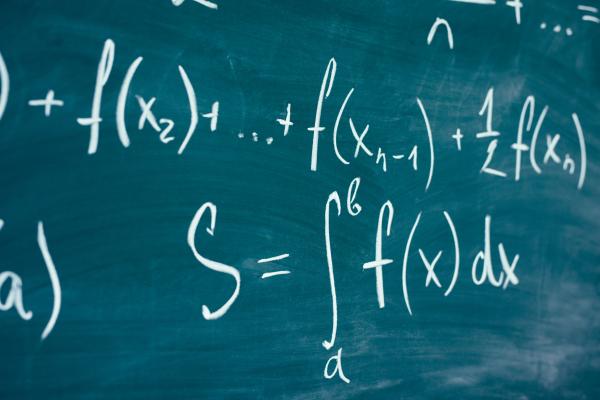Ohio State leads project to transform physics education

From original story by Tatyana Woodall for Ohio State News.
Photo: Getty Images
NSF funding aims to support STEM students with varied math
As national interest in STEM degrees rise, the number of students completing them has dwindled.
This alarming educational gap may be due in part to a mismatch between the mathematics preparation that many undergraduate students have and the math requirements for STEM students in introductory physics courses, said Geraldine Cochran, an associate professor of physics at The Ohio State University.
To help solve this issue, Cochran, whose research revolves around improving and expanding access to undergraduate and graduate physics education, was recently awarded a $500,000 grant from the National Science Foundation to lead a project aimed at transforming introductory physics courses to help broaden participation in STEM.
“Nationally, people are rethinking college admissions processes to support every student, especially at public institutions,” Cochran said. “The models I’m trying to document and evaluate are creating physics courses that are really aimed at supporting all enrolled students, regardless of math preparation.”
Her project, titled “INCLUDES Network Connector: A Network to Facilitate Transforming Introductory Physics Courses to Support All Students,” will seek to create physics courses that reduce course-specific math requirements for students by integrating quantitative literacy, a method that involves interpreting numerical information and applying it to real-world examples to solve scientific problems, and in-context math skills.
NSF connector awards are typically centered around research that relies on shared visions, leadership, communication and scalability to help drive systemic change in education.
In this case, Cochran plans to build a national community of instructors and researchers interested in making systemic changes to undergraduate physics education. Because a one-size-fits-all model of teaching doesn’t work well, Cochran’s project will document, evaluate and redesign introductory physics courses of various styles to better fit the needs of students.
To investigate the efficacy of these material adjustments, project members will conduct a mixed-methods study to compare long-term student success through traditional teaching versus the newly transformed models. This process will include analyzing the next-year performances of those in sophomore and junior courses as well as the success rate for students of various demographics.
Future probes will also encourage participants to share how their experiences with an altered physics sequence impacted their physics, math and engineering identity and if they have any reflections on the course experience post-graduation.
The plan builds on work already done at the University of Washington, Rutgers University and Lamar University, whose programs sought to foster policies that support students from all backgrounds at the undergraduate level by allowing students to incorporate their real-world knowledge of physics in traditional assessments and created additional time to be mentored by approachable physics faculty members and advanced undergraduates.
One of the ways the project will seek to do something similar at Ohio State is by incorporating skills from algebra, trigonometry and calculus into the physics class.
“One of the reasons that so many people are resistant to math is because they don’t understand its usefulness,” said Cochran. “They don’t see it in context, but physics can illuminate the real world and connect problems you want to solve.”
Funding from the award will support the creation of additional physics sequences within three participating universities’ physics departments. At Ohio State, one such physics course with the new curriculum, which will be taught by Cochran, will begin this coming fall.
Cochran, who has worked with Ohio State’s Thomas Gramila, Lisa Barclay and Mary Leist to better understand students’ current needs, hopes to collaborate with other members of the Ohio State community engaged in similar work. For instance, because many individuals in the class will be majoring in engineering, Cochran will also collaborate with Ohio State’s CARE Office to support the development of students’ engineering identities.
“Regardless of their math background, all accepted students should have the opportunity to succeed in physics and enjoy themselves while doing it,” Cochran said.
